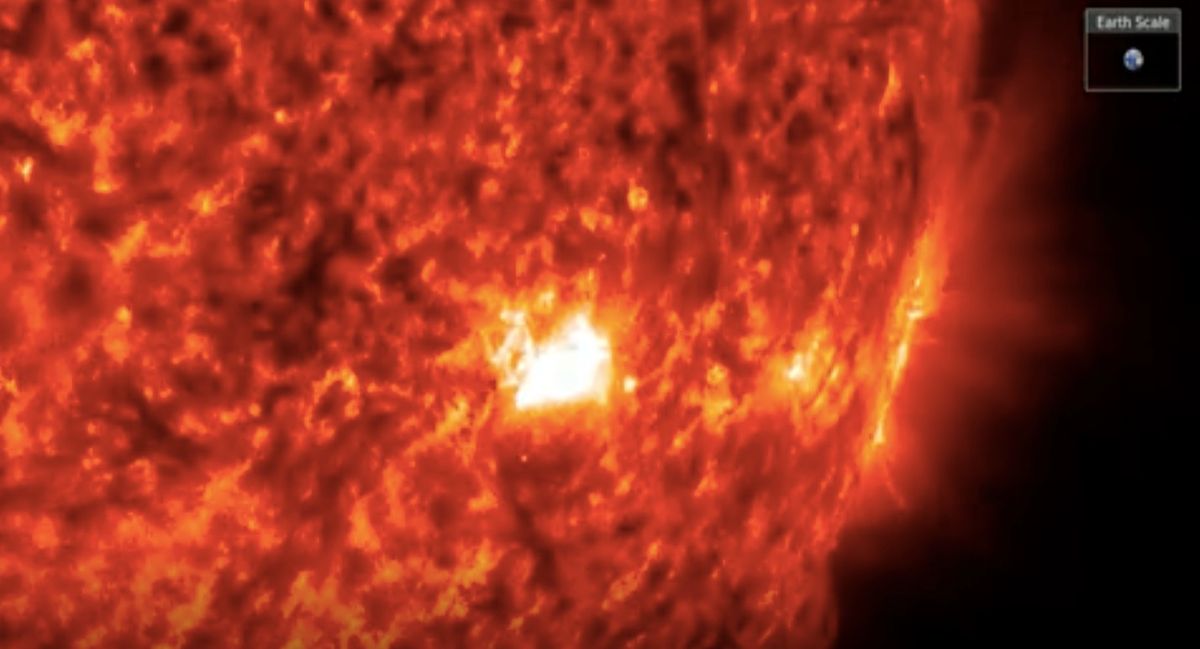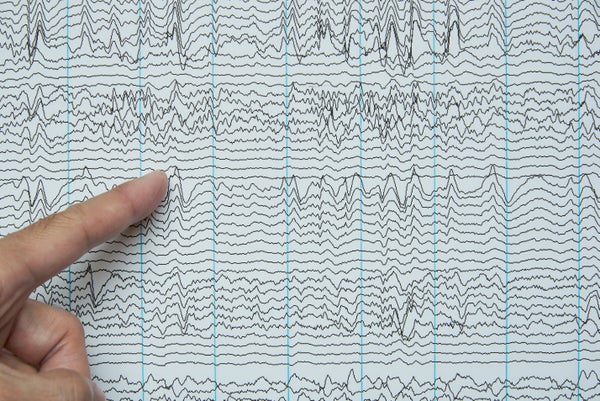The sun unleashed at least eight solar flares on Wednesday (Dec. 14), and more are expected after a crackling sunspot emerged on the star’s face.
One of the solar flares, a powerful M6, caused a brief radio blackout over the Atlantic Ocean Wednesday at 9:42 a.m. EST (1442 GMT), according to SpaceWeather.com (opens in new tab).
Solar flares are bursts of electromagnetic radiation that travel at the speed of light. Those directed at Earth reach our planet within eight minutes of emerging from the sun’s atmosphere.
X flares are the most powerful solar flare category; the next level down is the M class, which describes most of Wednesday’s observed flares.
Related: Better space weather forecast could have saved SpaceX Starlink satellites from solar storm
Wednesday’s outburst stunned solar physicists, some of whom commented on the light show on Twitter.
“THREE MORE M FLARES: An M6, M3 and M2 all from AR3165,” solar physicist Keith Strong (opens in new tab) tweeted at about 12:30 p.m. EST (1730 GMT). “That makes 8 M flares so far today. They seem to be getting bigger, is an X flare in the offing? Stay tuned.”
AR3165, which Strong mentioned, is an active region, or sunspot, that recently emerged on the sun’s visible disk. Sunspots are darker, cooler areas in the lowest layer of the sun’s atmosphere, in which the sun’s magnetic field lines are twisted and strained. Flares flash from these regions when the magnetic lines burst, releasing energy.
Solar flares are sometimes accompanied by coronal mass ejections (CMEs), which are clouds of magnetized plasma that travel much more slowly than flares, taking up to three days to reach Earth.
CMEs tend to cause more disruption to our technology-dependent world, as they trigger geomagnetic storms in the atmosphere when they interact with it. These storms spawn beautiful aurora displays but can also cause power blackouts and even knock satellites from orbit.
So far, there has been no indication from space weather forecasters that any of the recent solar flares came with a CME that could hit our planet.
The U.K. space weather forecaster Met Office (opens in new tab), in its latest report from Dec. 14, predicts low levels of solar activity in the coming days with further M-class flares possible.
Follow Tereza Pultarova on Twitter @TerezaPultarova (opens in new tab). Follow us on Twitter @Spacedotcom (opens in new tab) and on Facebook (opens in new tab).














